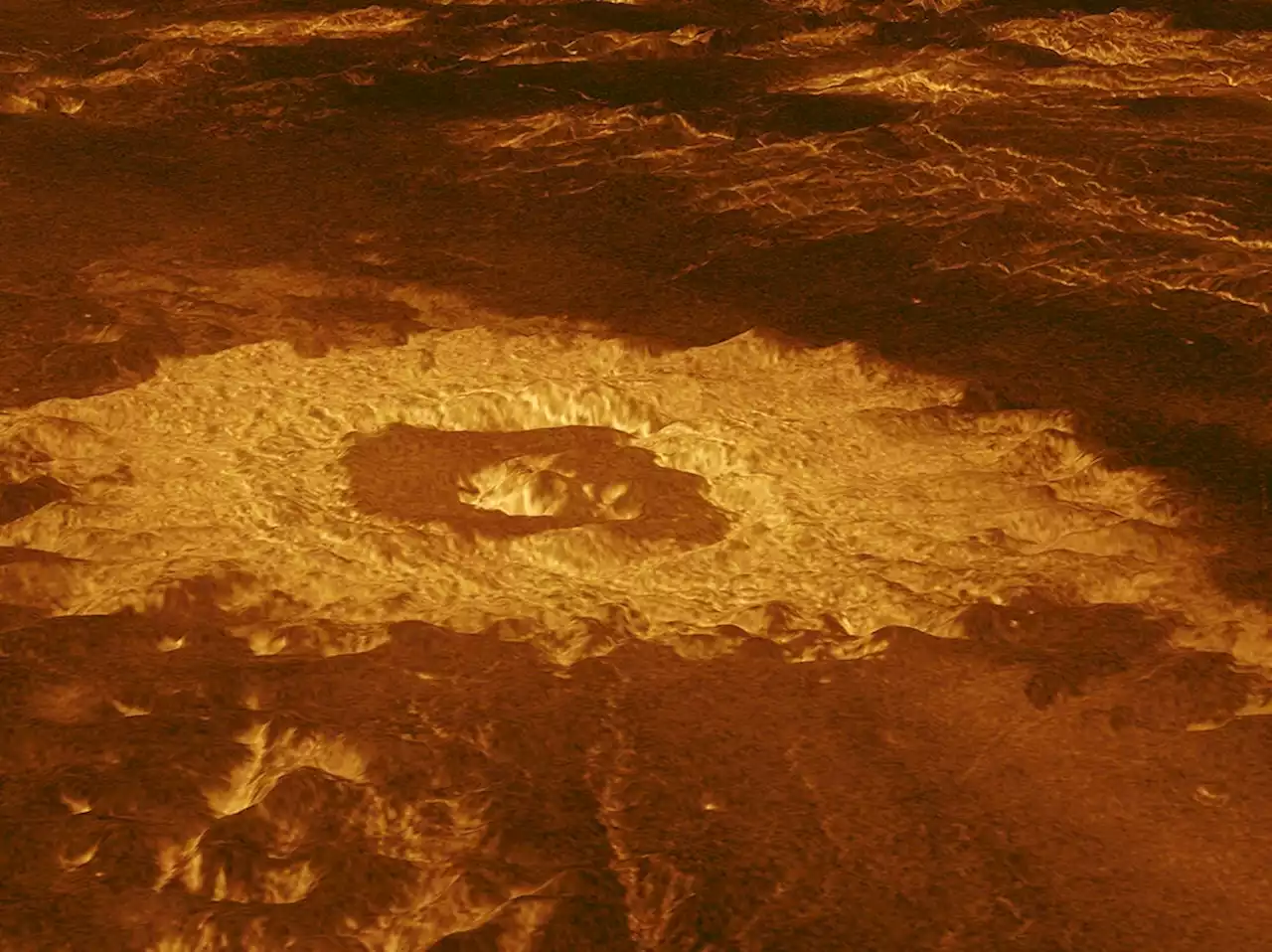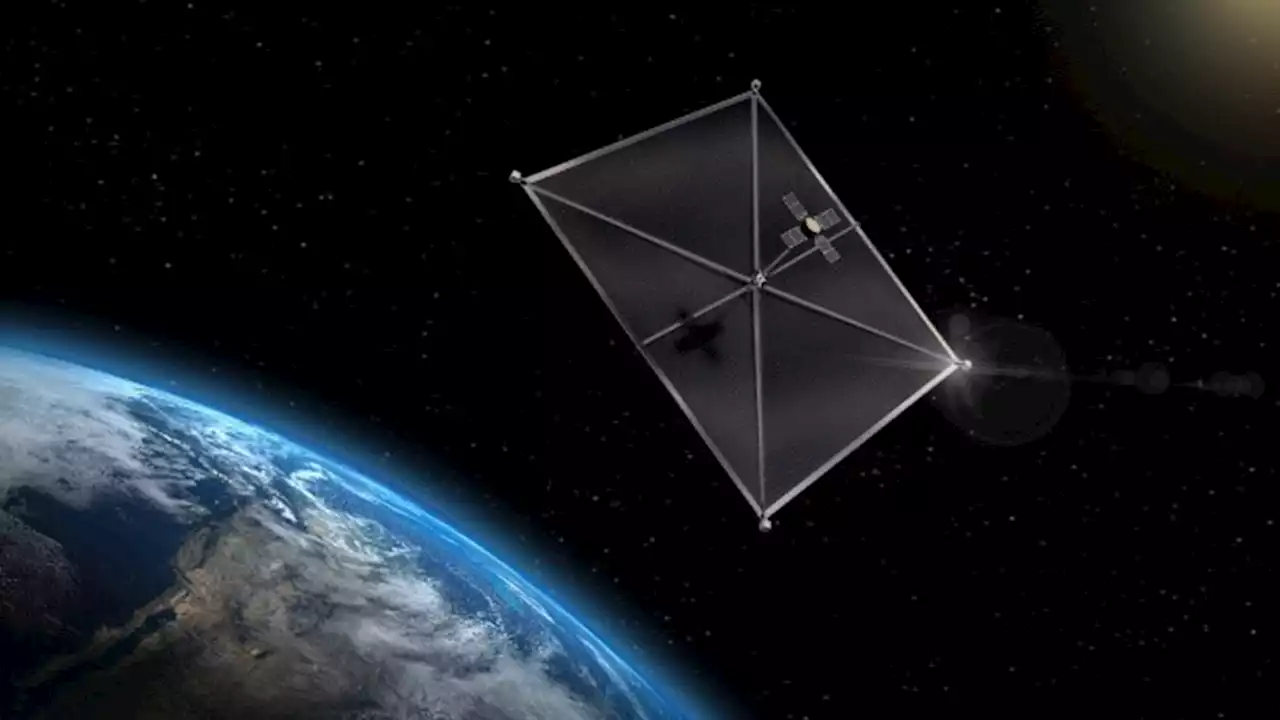The US Air Force Research Laboratory lists space solar power among its key technology projects for the warfighter of the future.
For those of you wondering whatever happened to the newly minted, the lab clarifies that “AFRL supports both the U.S. Air Force and U.S. Space Force, seamlessly working high priority research areas across the lab, meeting operational needs and delivering warfighting technologies to Airmen and Guardians.”
With that in mind, AFRL emphasizes that orbiting solar harvesters meet its mission of developing mature technologies for the warfighter. released an independent report that makes the case for investing in space solar power. The report focused on space solar power as an achievable element in UK’s 2050 climate-saving goal, and it also raised the issue of energy security.change risks additional pressure on land and resources, with all the geo-politicalclean energy that are sustainable, affordable, secure and scalable,” the authors emphasized.
United States Latest News, United States Headlines
Similar News:You can also read news stories similar to this one that we have collected from other news sources.
 Solar-Powered Trucks Can Tackle Refrigeration EmissionsA solar energy provider is partnering with eNow to fit a thousand refrigeration trucks with solar panel roofs to help cut emissions of power-intensive vehicles.
Solar-Powered Trucks Can Tackle Refrigeration EmissionsA solar energy provider is partnering with eNow to fit a thousand refrigeration trucks with solar panel roofs to help cut emissions of power-intensive vehicles.
Read more »
 Energy production: Why Texas can’t immediately fill the Russian oil and gas gapAUSTIN — Stephen M. Robertson can glance at traffic in Midland and tell you if oil is booming or busting. Concerns over domestic energy are running high as...
Energy production: Why Texas can’t immediately fill the Russian oil and gas gapAUSTIN — Stephen M. Robertson can glance at traffic in Midland and tell you if oil is booming or busting. Concerns over domestic energy are running high as...
Read more »
 The home of the future may generate its own electricityThe 'smart home' of the future may be fully or partially energy self-sufficient, equipped with a charging station that not only powers your electric vehicle, but could serve as a backup generator if the electricity goes out.
The home of the future may generate its own electricityThe 'smart home' of the future may be fully or partially energy self-sufficient, equipped with a charging station that not only powers your electric vehicle, but could serve as a backup generator if the electricity goes out.
Read more »
 The hellish Venus surface in 5 vintage photosThanks to audacious Russian space missions like Venera 13, we have photos from the volcanic face of our neighboring planet.
The hellish Venus surface in 5 vintage photosThanks to audacious Russian space missions like Venera 13, we have photos from the volcanic face of our neighboring planet.
Read more »
